Interview with Probal J Bhattacharyya, Author “Calcutta Jhalmuri”
An evocative journey through Calcutta’s past, capturing its people, resilience, and flavors in a tapestry of love, nostalgia, and everyday life.on Feb 15, 2025
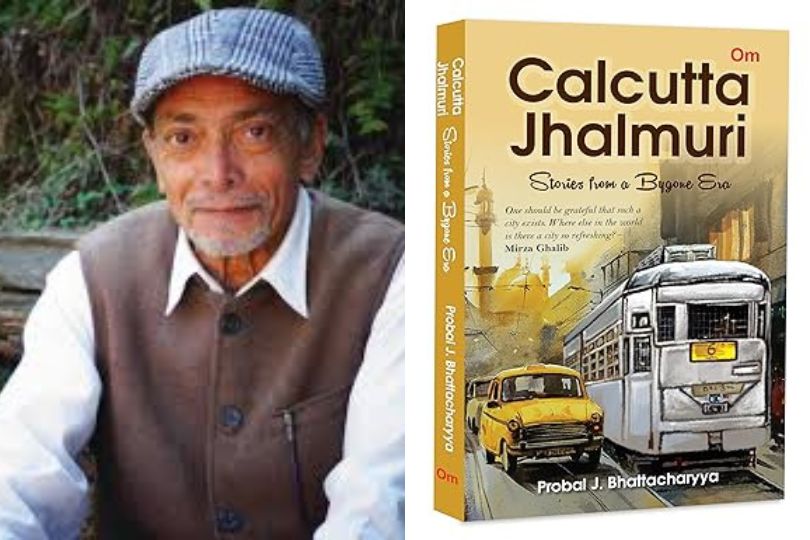
An alumnus of St Xavier’s School and Kalyani University, West Bengal, Probal J. Bhattacharyya earned his undergraduate degree in economics.
Born and brought up in Calcutta, he spent a major part of his life in the city between the 1960s and the ’80s, forming a lifelong attachment that endured despite his nearly three-decade-long stay abroad. Influenced by his mother, Probal wrote sporadically as he was busy in the corporate world building brands.
He now lives far from the madding crowd in a small town near Shimla, nestled amidst apple orchards, majestic hills and forests with cedar and pine trees, pursuing his passion for writing.
Frontlist: Your book beautifully captures the essence of Calcutta from the 1960s to the 1980s. What inspired you to create the nostalgic ode to the city enchantress?
Probal: The very feelings, while walking on the streets of Calcutta in those days and now, have undergone huge changes; in what sense it’s difficult to elaborate. Suffice it to say that it’s a different city now borne out of sheer feelings. When I make a statement to that effect, it does not certainly mean I am trying to glorify the Calcutta of the past. Good or bad, the city gave a different vibe. I wanted, through the stories, to capture some snapshots of the bygone era, to take the readers to smell and taste the different flavours that encompassed the city back then – tangy, spicy, salty – the medley of tastes in a jhalmuri.
Frontlist: Having spent a significant part of your life in Calcutta, how did your personal experiences influence the characters and stories in the book?
Probal: I picked the characters from the streets of Calcutta – mostly ordinary people who are expected not to have a story to tell. It’s the storyteller’s job to find the stories lurking inside these somewhat mundane characters. I used to see a blind flute player visit our para once a week. Some would not give a second thought to him; but a storyteller finds ways and means to enter his soul and develop a story (The Nose) that readers would find stimulating.
An author develops his characters with his imaginative prowess. Each and every story need not be stemming from his personal experience; had it been that, every story would then be his memoir, nothing more, nothing less. I had come across, say, one Amit Da with the basic traits of “Our Amit Da,” but the story of the protagonist in the story is the fruit of the author’s imagination
Frontlist: The stories in Calcutta Jhalmuri often touch on human resilience and relationships. How do themes like love and connection shine through the lives of your characters?
Probal: The aroma of love couldn’t have been better captured than in the story “The Child Bride”. Or, for that matte,r in the never faltering love that Laxmibai has in her heart for Sammy Sen (The Bastard). The resilience of Durga to usher in a new dawn (The Nose) despite her heart-breaking experience with the villainous police or that of Mira Mashima (Baralok) fighting out till the end with the might of the rich and the mighty to save her daughter from their ugly clutches amply demonstrates human resilience at its best.
Frontlist: Nostalgia can often be a form of self-care, allowing us to reconnect with what we cherish. How do you see nostalgia playing a role in your book and in the lives of your readers?
Probal: My intention was not to tread on the nostalgia route just because the stories are set in a specific time period and era. I wanted to present a slice of life with its dark side, too, an unbridled commentary about the real people who may not be heroes or protagonists in the traditional sense – stories woven about everyday people in everyday situations in a city called Calcutta.
Frontlist: Do you believe writing about love, connection, and a city’s ethos can serve as a form of healing or self-care both for the writer and the reader?
Probal: A very close friend of mine, an eager buyer of my book, commented that I was not wearing the quintessential rose-tinted glasses while talking of the past, and that was a novel approach that he liked. My effort was to create a tribute to an era that’s lost, not to shy away from talking of its dark side too.
Frontlist: Your book explores relationships both with people and with the city itself. How does the dual exploration deepen the themes of love and connection in your work?
Probal: The character of a city and its people is analogous–both resilient enough to withstand its multifarious problems like poverty, dirt, traffic jams, and a society economically lame, yet within those environs stood firm the famous cultural pillars of the bygone era. The human relationship angle as defined by the loyalty of Ram Singh (The Sentinel), the love of Ajit towards his uncle, which seemed to have dried up (Jethamuni -the Forgotten Hero), or Mrs Davis endlessly waiting for her son’s love (The uncut cake) entwines the stories of mundane people with a lot of resilience.
Frontlist: What message do you hope younger generations, who may only know Kolkata of today, take away from Calcutta Jhalmuri?
Probal: Every era has its good and dark sides. The humane feelings of the past (I am saying this without my rose-tinted glasses) did attribute to a close-knit society despite the many problems of the past. Let not technology and progress overshadow the need for close human relationships, which stood us in good stead in the past.
Frontlist: What role do you think storytelling plays in preserving the emotional and cultural connections we have to places and people?
Probal: Stories and their telling contribute to keeping a connection between the past and the present. The present generation would be telling their children, 30 years from now, how beautiful Kolkata was despite its negative sides. The emotional and cultural connection, therefore, goes from generation to generation through storytelling only.

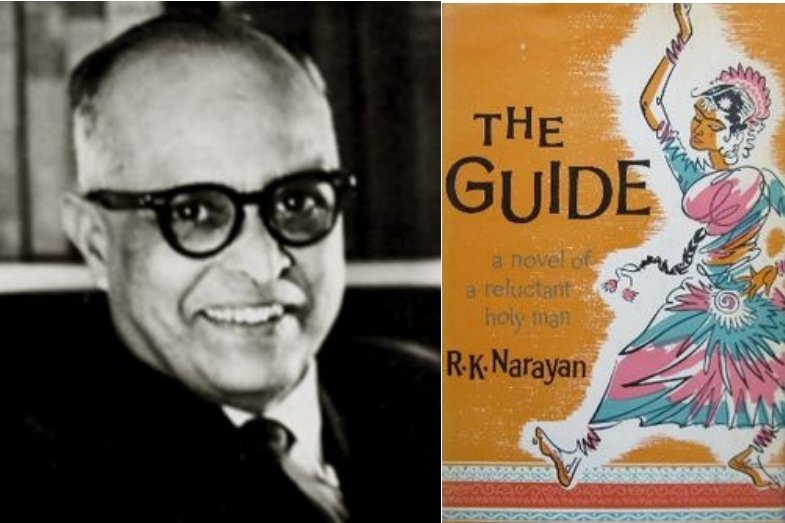

.jpg)


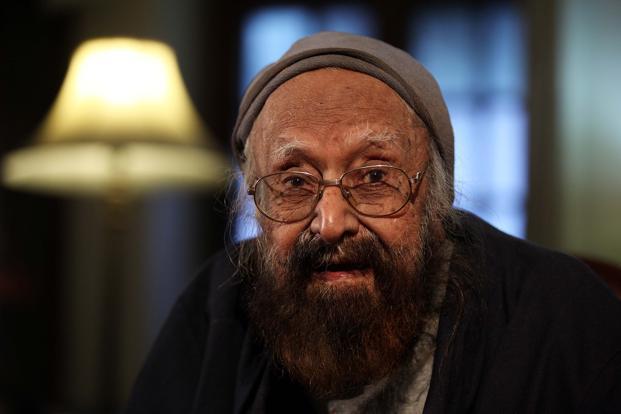

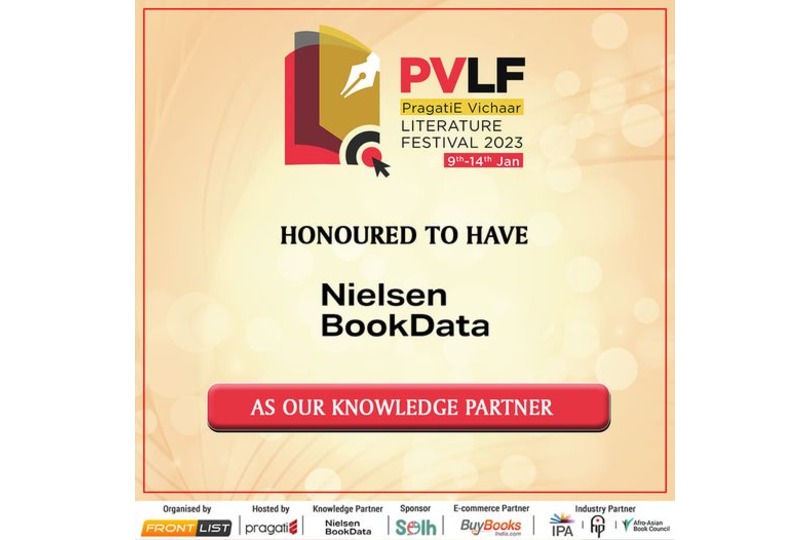
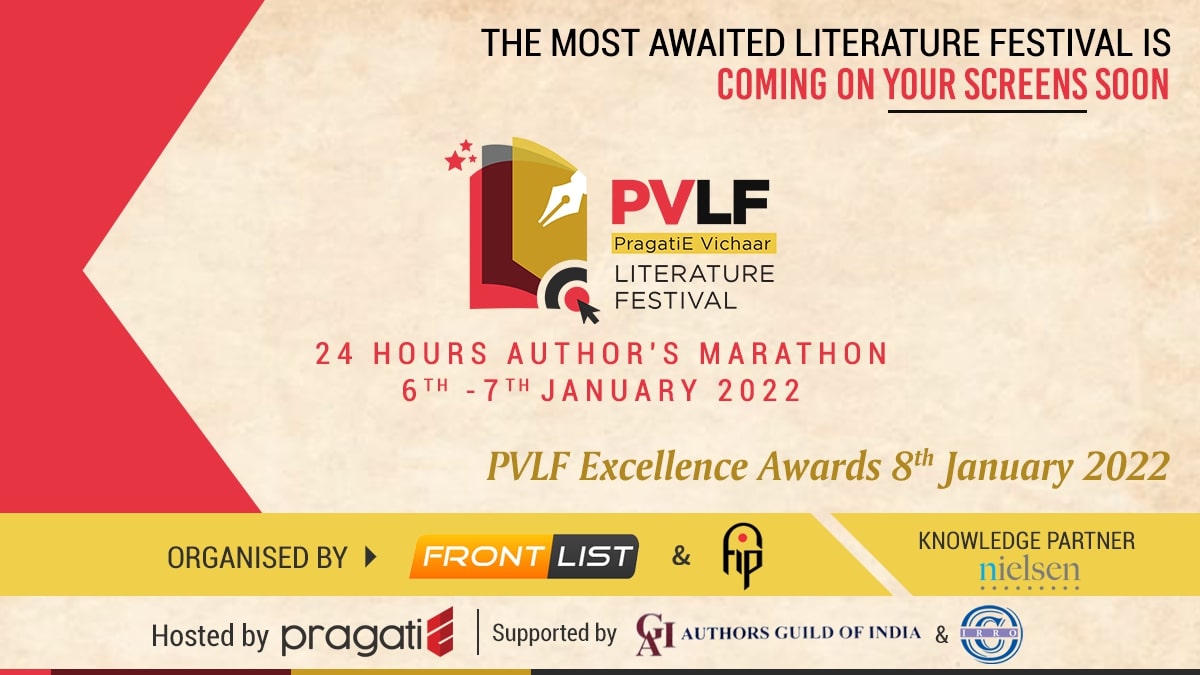
.jpg)

.jpg)
.jpg)
.jpg)
.jpg)
.jpg)
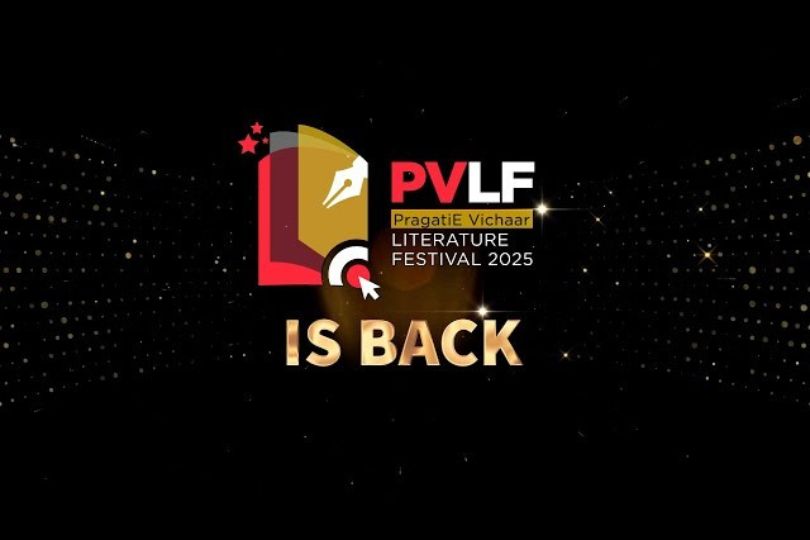
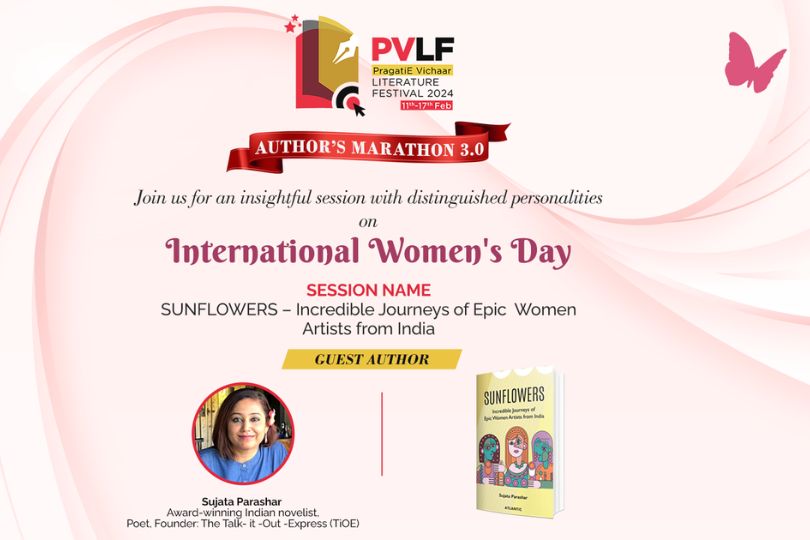
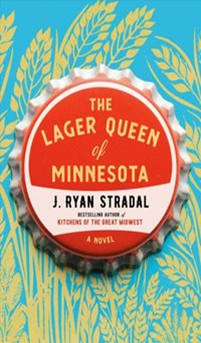
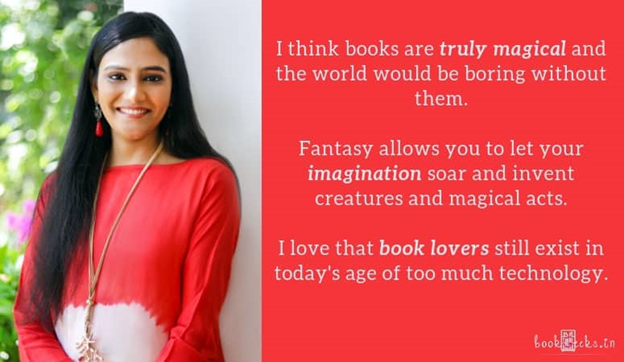
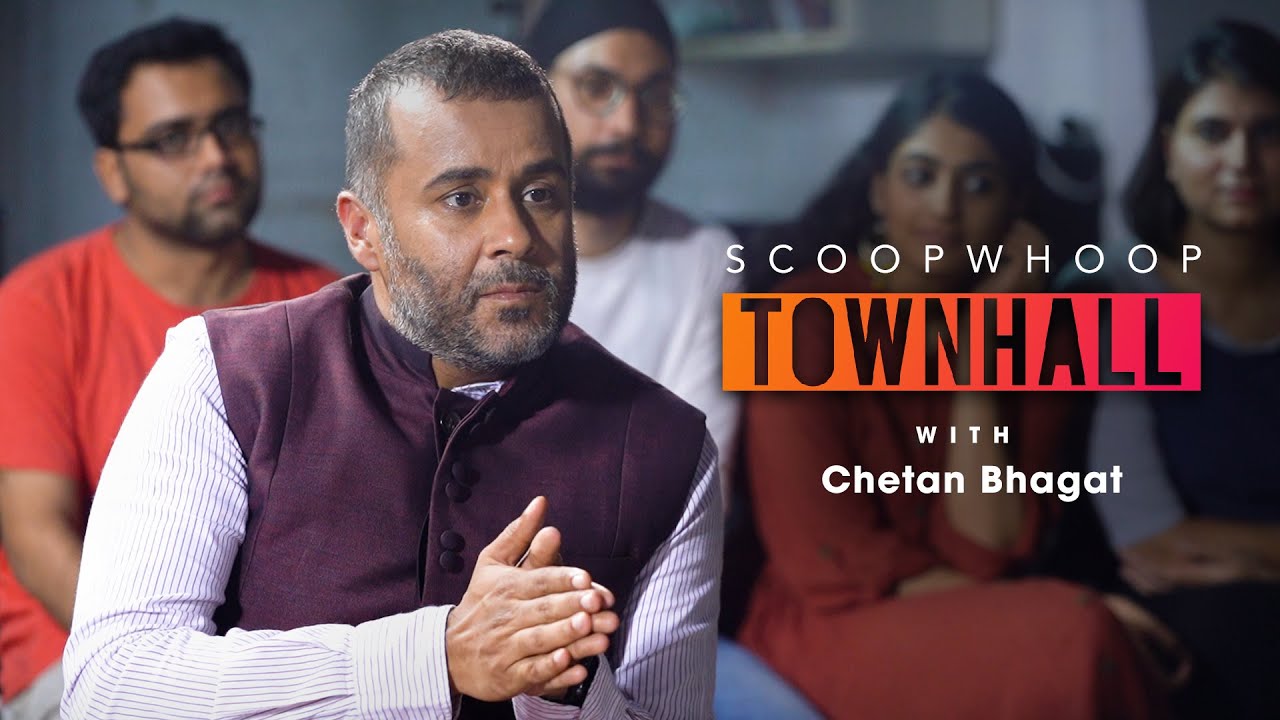
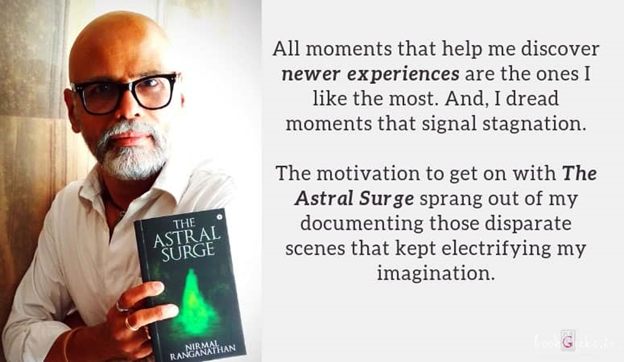
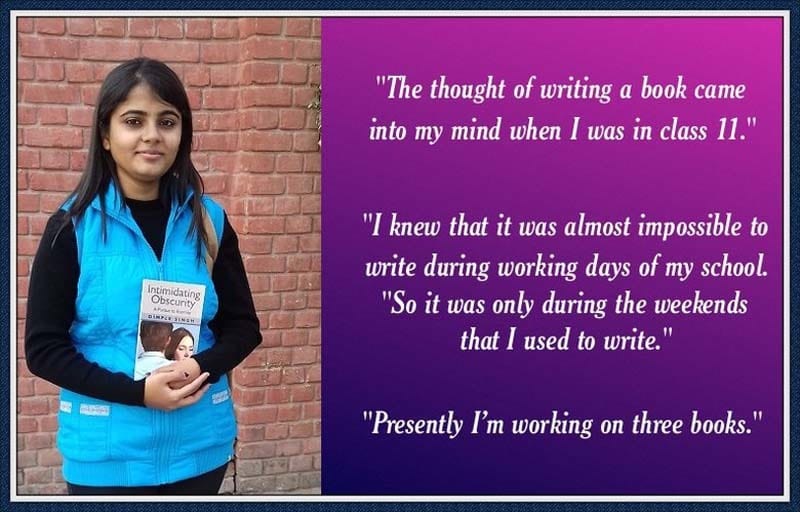
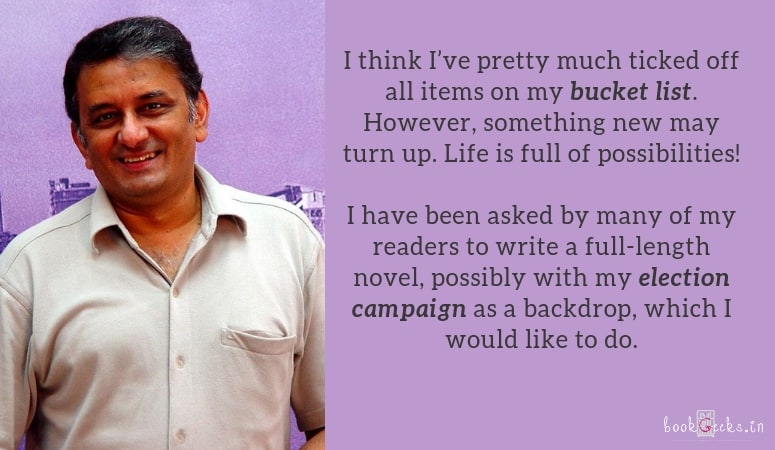
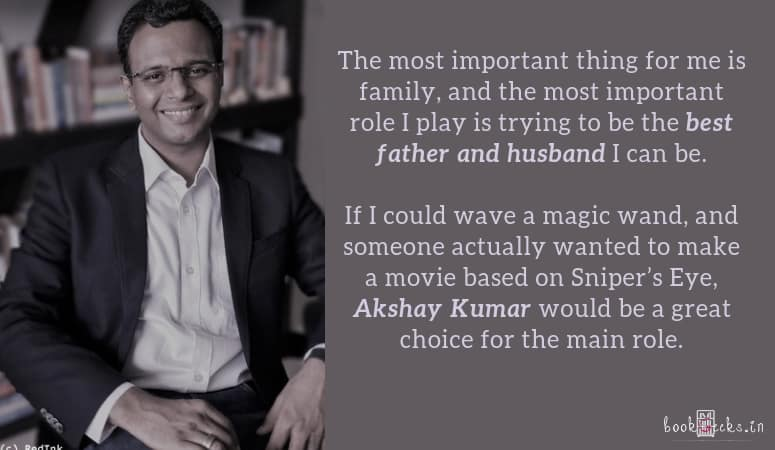
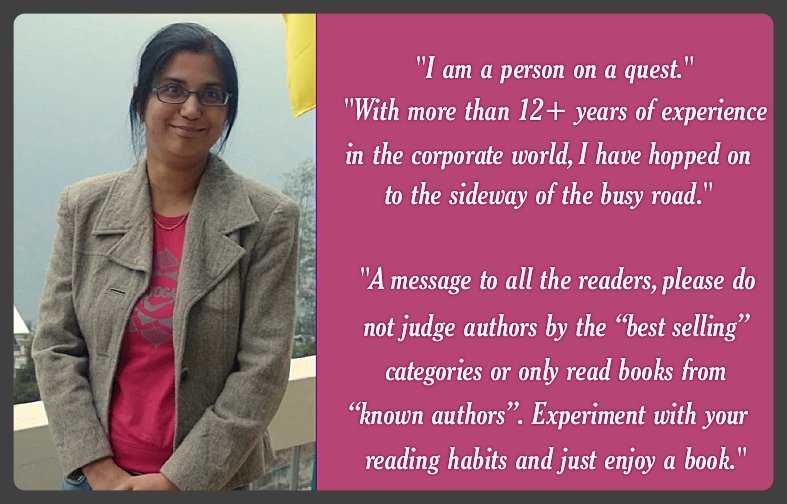
Sorry! No comment found for this post.